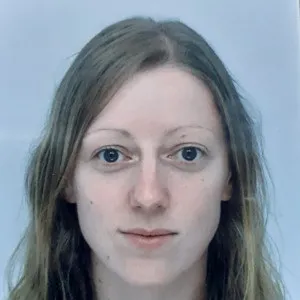Citation
Overview
This report assesses the capability of a Spoor AI camera system with both mono-vision (single-camera) and stereo-vision capabilities for bird monitoring deployed at the European Offshore Wind Deployment Centre in Aberdeen Bay using both theoretical considerations and onshore and offshore field trials.
In more detail
A recent assessment of single-camera photogrammetry has highlighted natural body size variation as a fundamental driver of measurement error. We review body size variation in 20 species of seabirds and raptors that are of interest in a renewable energy context and assess the potential range errors caused by this natural variation.
- We find body size variation in wing length measurement that is generally on the order of 2 to 10 %, which translates into ranging errors of 5 to 10%. Ranging errors are particularly large in species that are sexually monomorphic in appearance, but exhibit large sexual size-dimorphism, in particular gulls. Large interspecific differences, especially among gulls, may result in particularly large range uncertainty when species identification is incomplete or when misidentifications are prevalent in datasets.
- Biometric measurements that are of interest for image analysis applications (wingspan, total length) differ from those that are routinely collected by ornithologists on live birds or museum specimens (wing chord, skeletal and bill measures). As a consequence, much of the existing biometric data is difficult to apply to image-based ranging techniques.
An onshore field trial was conducted to assess the measurement accuracy of mono-vision and stereo-vision systems under controlled conditions, using a drone with high-precision GPS positioning as an experimental target of known size at ranges up to 500m.
- For the stereo-vision system manual target trajectory reconstructions performed comparably to automated methods at shorter ranges, but achieved marginally smaller distance errors at longer ranges, particularly in lateral and vertical planes (c. 2% of the target range). Depth (range) errors were consistently larger than in the other two dimensions (c. 5% of target range).
- Positioning errors increased with greater distances and heights, emphasizing the sensitivity of accuracy to camera configuration and synchronisation.
- For one investigated camera model (Avigilon) frame drops and time synchronization drift were observed, affecting data reliability.
- Mono-vision systems exhibited significantly larger distance errors compared to stereo-vision at c. 5% of the target range in lateral and vertical dimensions and 10-15% along the depth (range) axis.
An offshore trial at EOWDC involved the continuous collection of video footage over 18 months, and a concurrent human observer trial utilising a laser range finder (LRF) over three days in August 2023.
- Mono-vision systems produced in excess of 100,000 tracks across four cameras.
- Stereo-vision footage was analysed to manually track birds and reconstruct 3D flight paths. The calibration of stereo cameras relied on stationary points, landmarks, and turbine features.
- A total of 90 bird tracks were manually reconstructed in the period of the human observer trial. A limiting factor for this analysis workflow was the need for separate calibrations each day of the measurement campaign. More rigid camera housings in future deployments would reduce this requirement.

